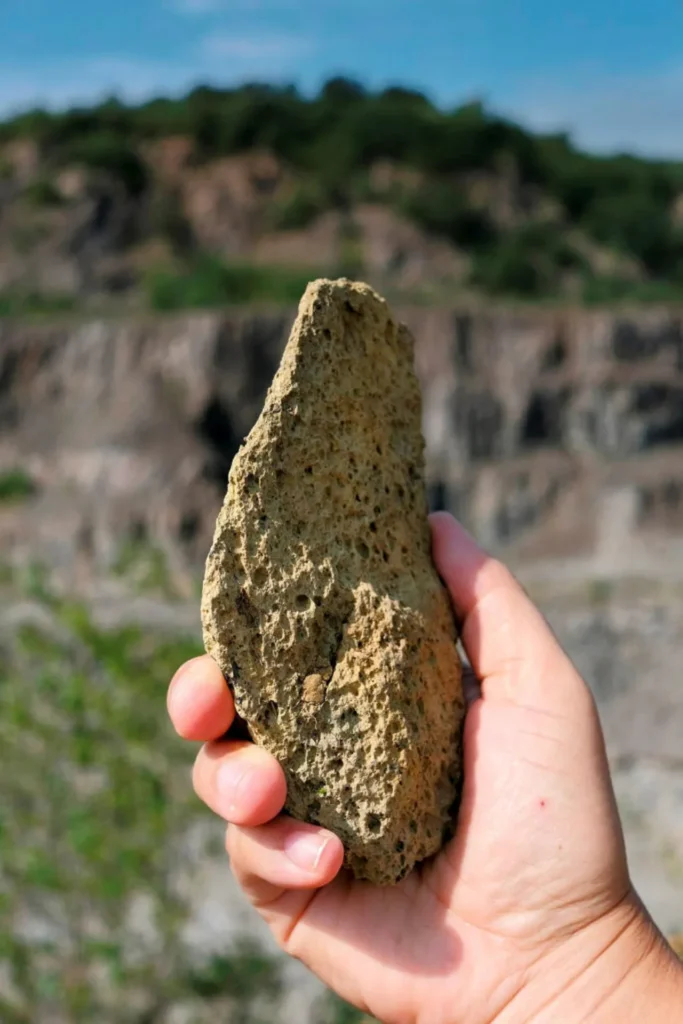In the heart of Ukraine, researchers are making waves in the dimension stone industry, and their findings could reshape how we approach stone processing and its applications in construction and architecture. A.M. Makhno, a researcher from Zhytomyr Polytechnic State University, has been delving into the world of hydro-abrasive impact on natural stone, and the results are promising.
The study, published in the journal ‘Технічна інженерія’ (Technical Engineering), focuses on the influence of waterjet machining parameters on the surface quality of granite slabs. The research is a response to the growing demand for high-quality, decorative stone products in the construction industry. “The market is increasingly seeking stone products that not only serve a structural purpose but also enhance the aesthetic appeal of buildings,” Makhno explains.
The research team conducted experimental studies on high-strength granites from the Ukrainian crystalline shield, subjecting them to hydro-abrasive impacts using a waterjet machine. They varied the geometric parameters of the operation to observe the effects on the stone’s surface roughness, a critical factor in determining the quality and decorativeness of the final product.
One of the key findings of the study is the comparison of different measurement methods for assessing surface roughness. The researchers found that while profilometers provide accurate measurements, non-contact optical methods offer a more efficient and safer alternative. “This is a significant development for the industry,” Makhno notes. “It opens up new possibilities for quality control and assurance in stone processing.”
The implications of this research extend beyond the stone processing industry. In the energy sector, for instance, the use of high-quality, decorative stone products can enhance the aesthetic appeal of energy infrastructure, such as power plants and wind farms, making them more acceptable to local communities. Moreover, the efficient processing of stone products can contribute to the sustainability of these projects.
Looking ahead, this research could pave the way for further developments in the field of stone processing. As Makhno puts it, “Our findings provide a solid foundation for future research into the optimization of hydro-abrasive impact parameters for different types of natural stone.” This could lead to the development of new, more efficient processing methods, ultimately benefiting the construction and energy sectors.
In conclusion, Makhno’s research is a testament to the power of innovation in driving industry progress. As the world continues to grapple with the challenges of sustainable development, such advancements in stone processing could play a crucial role in shaping the future of construction and energy infrastructure.

